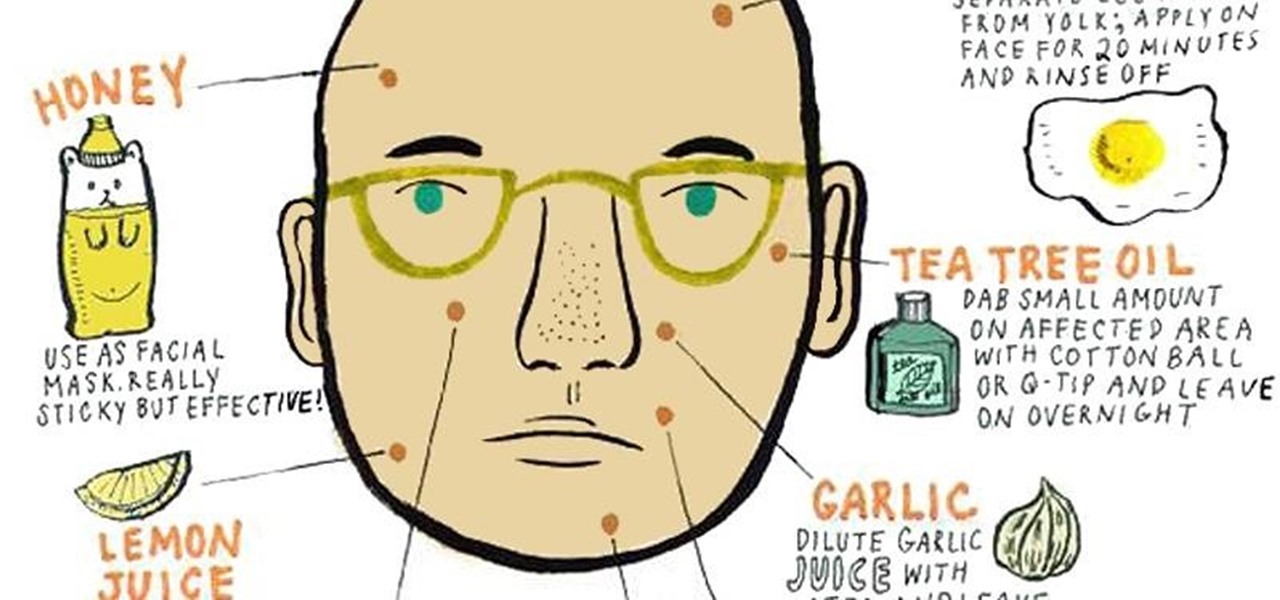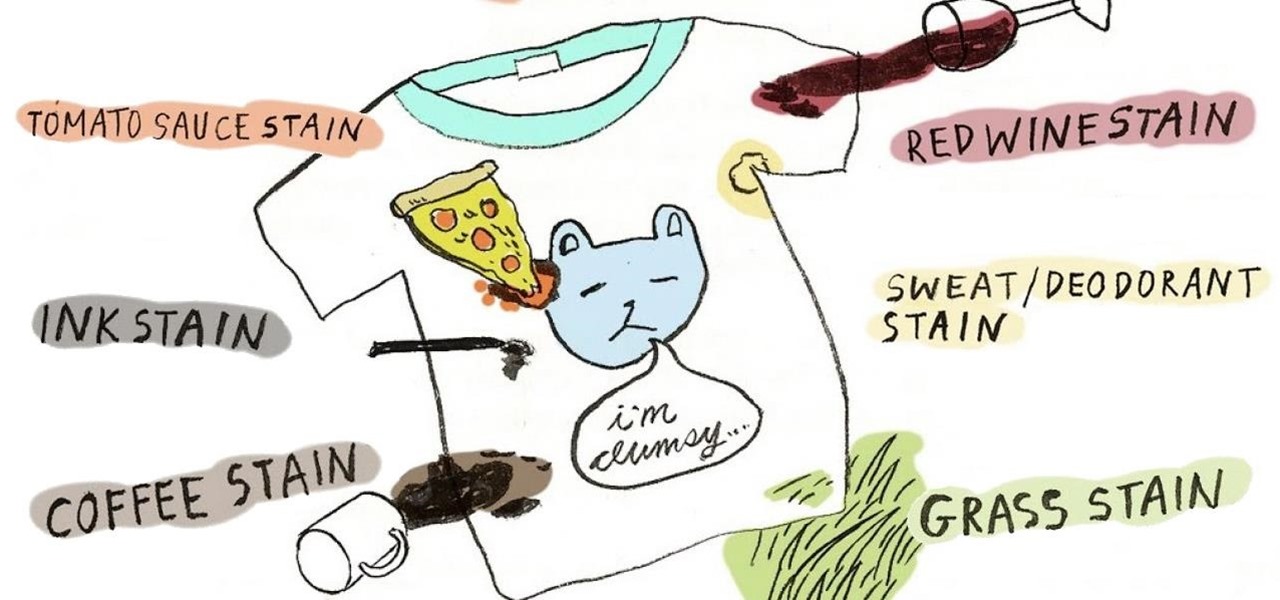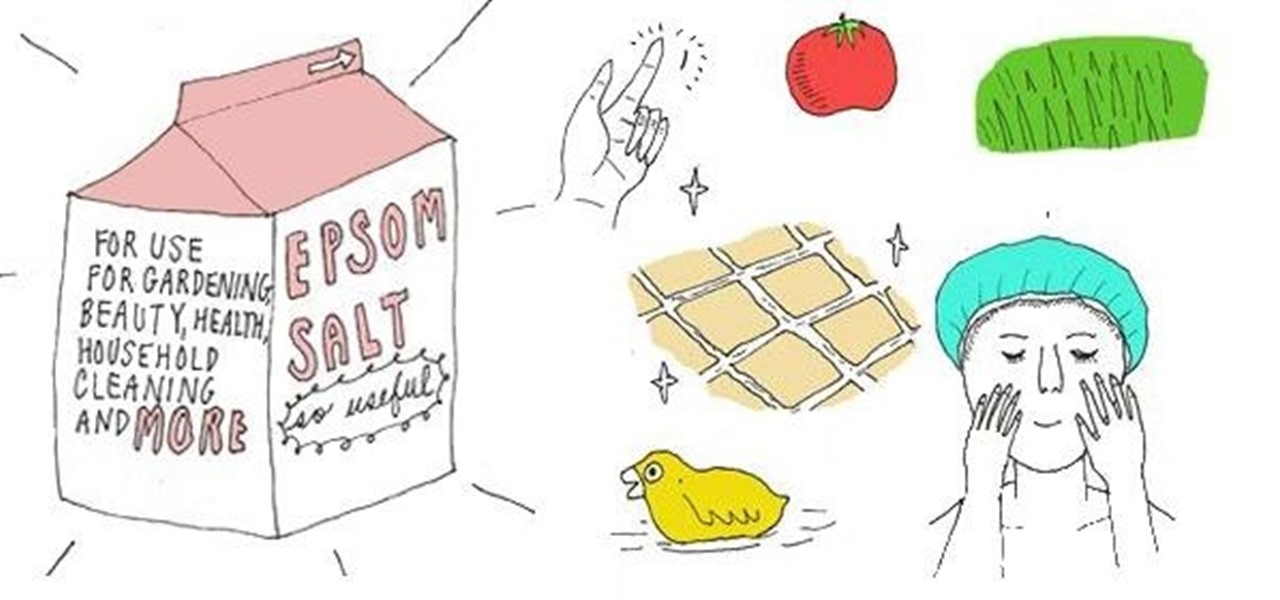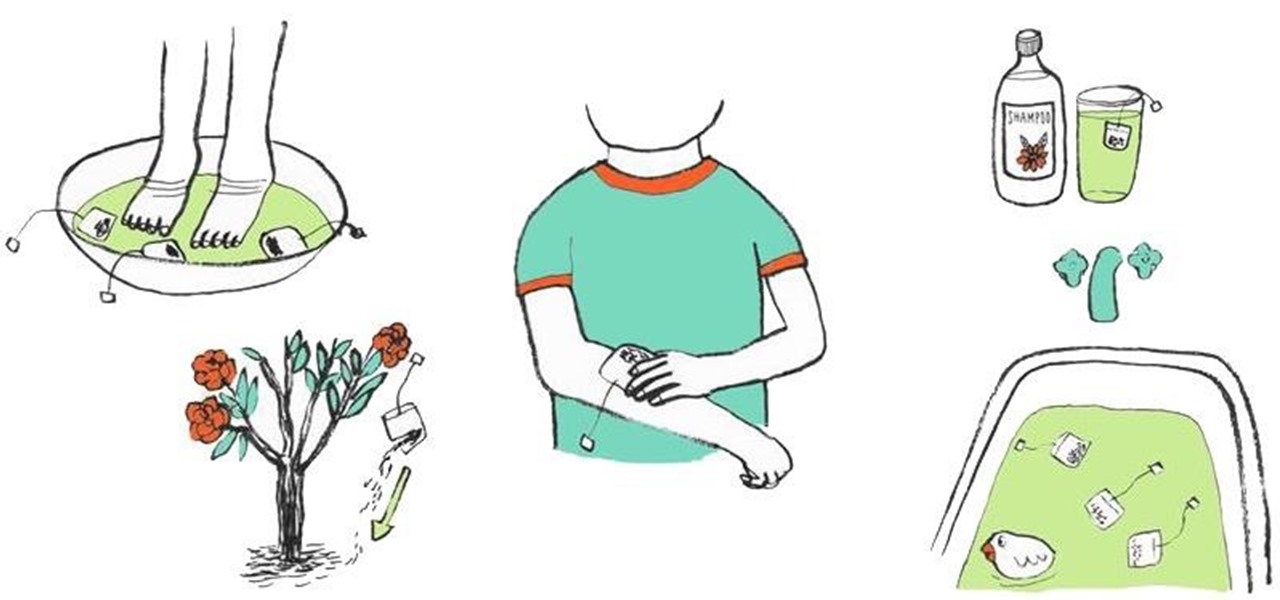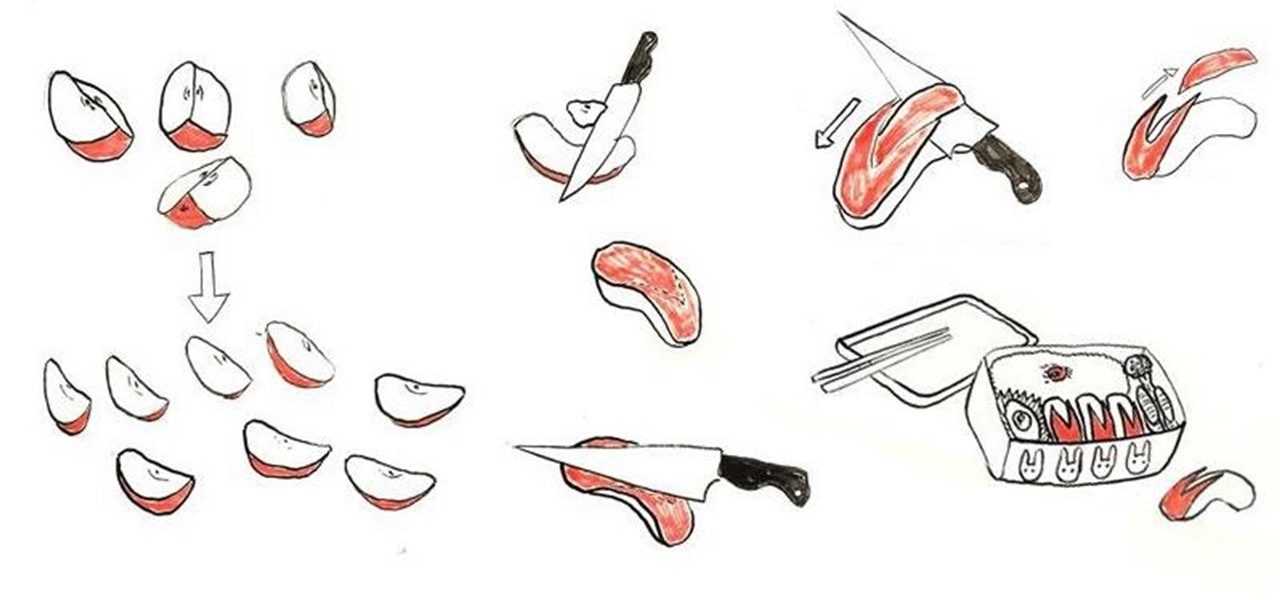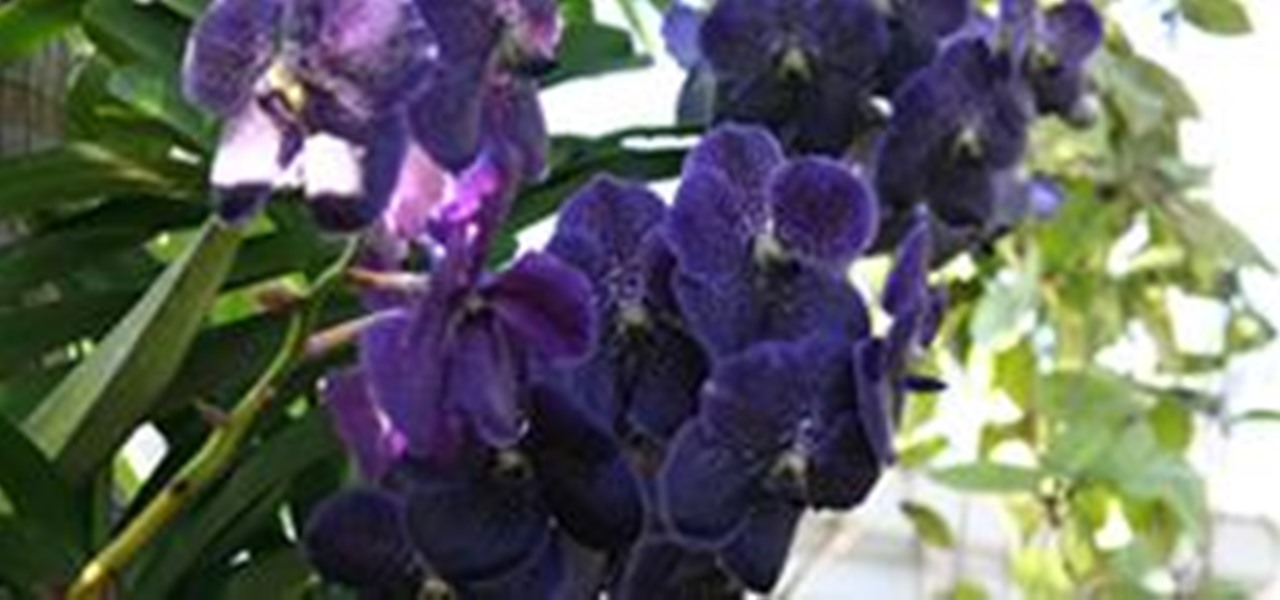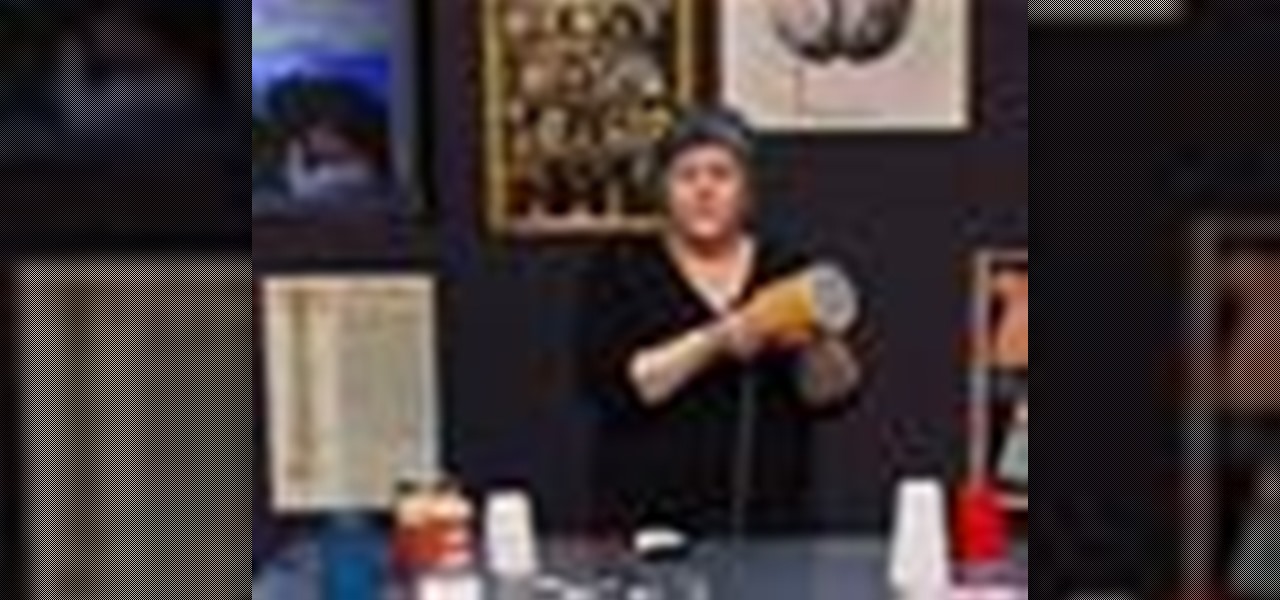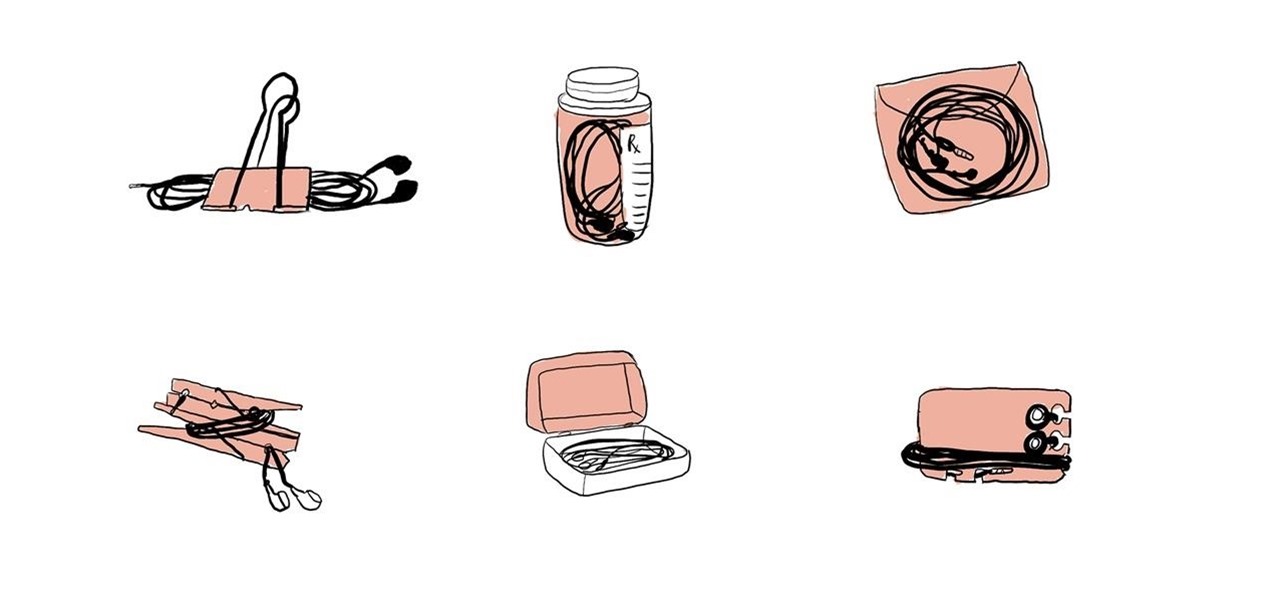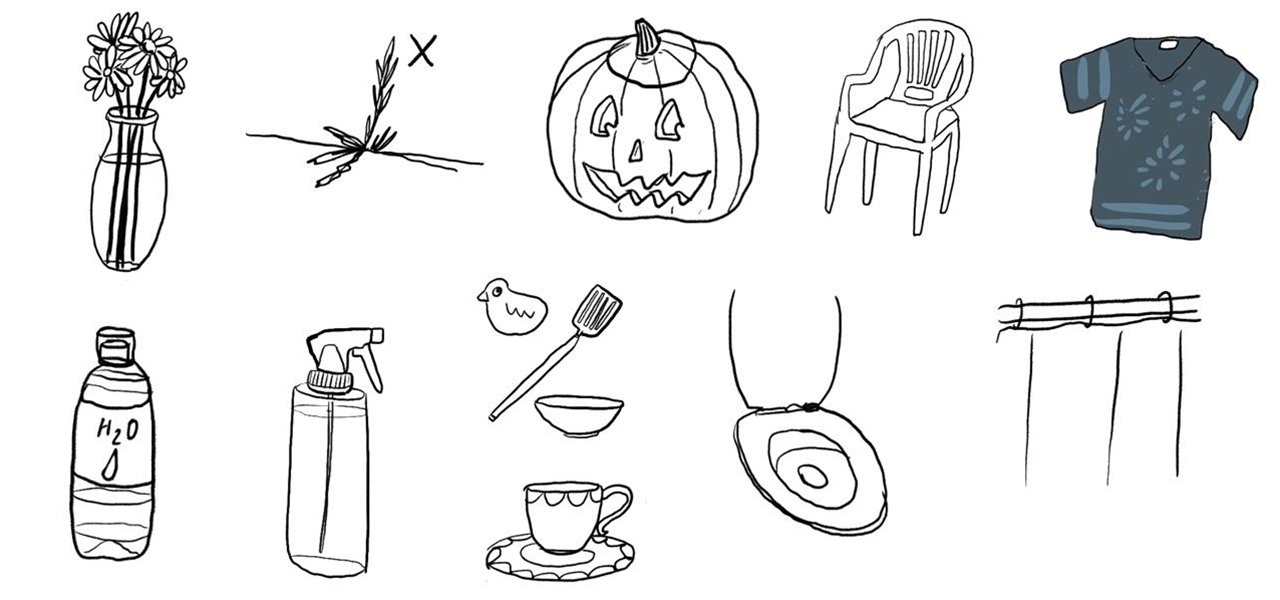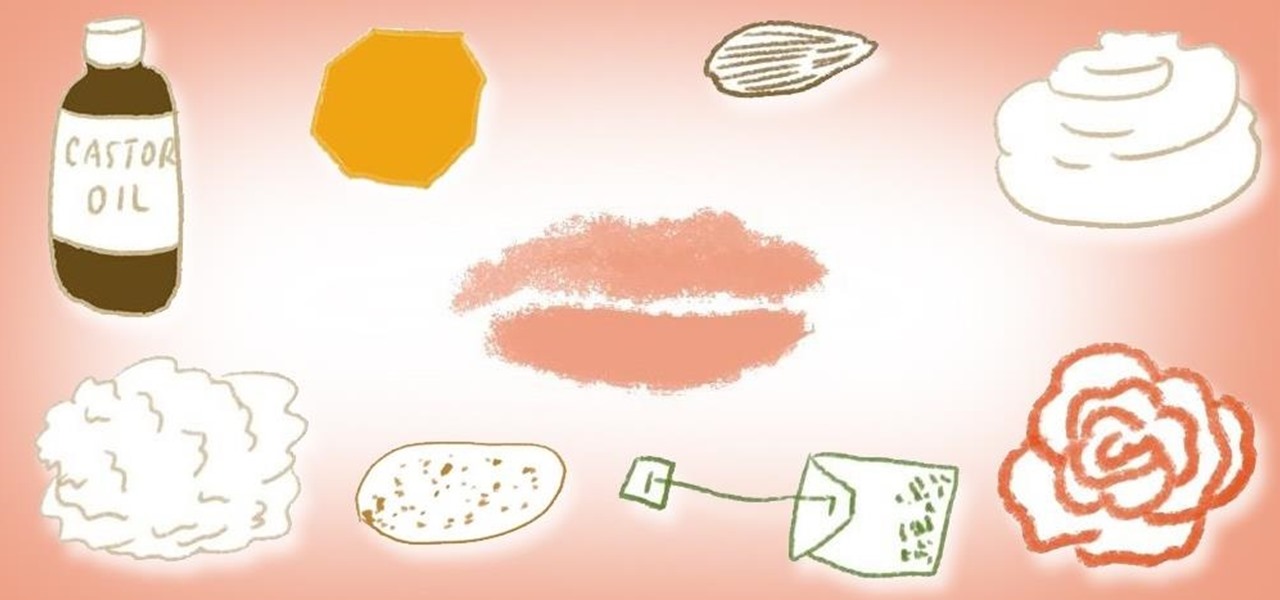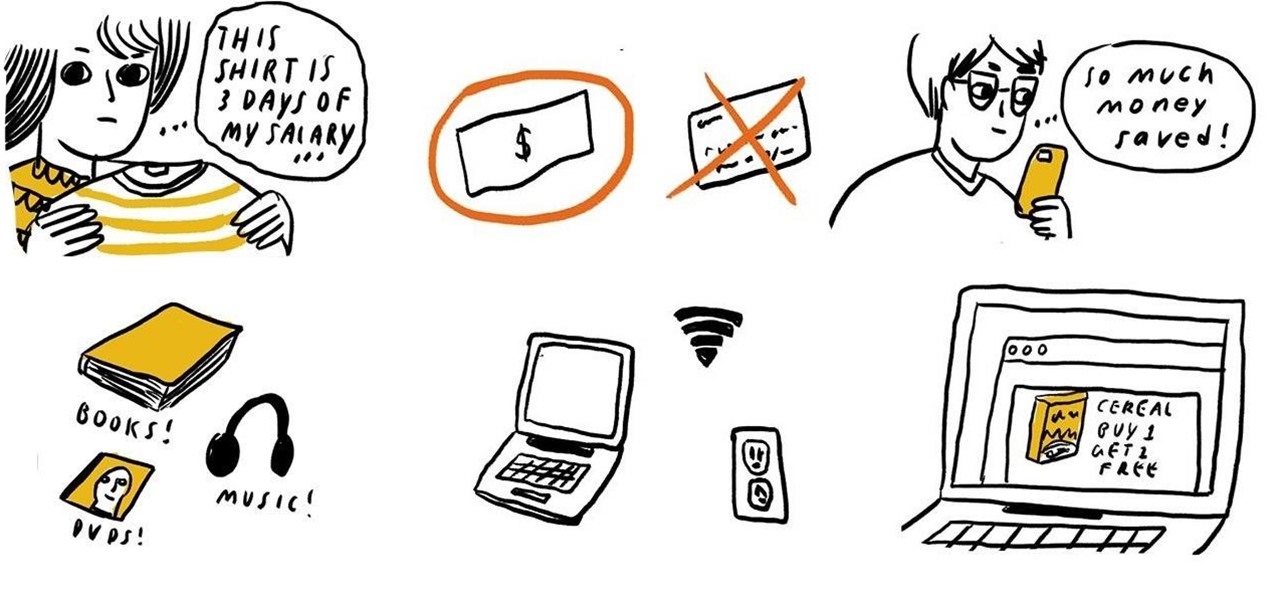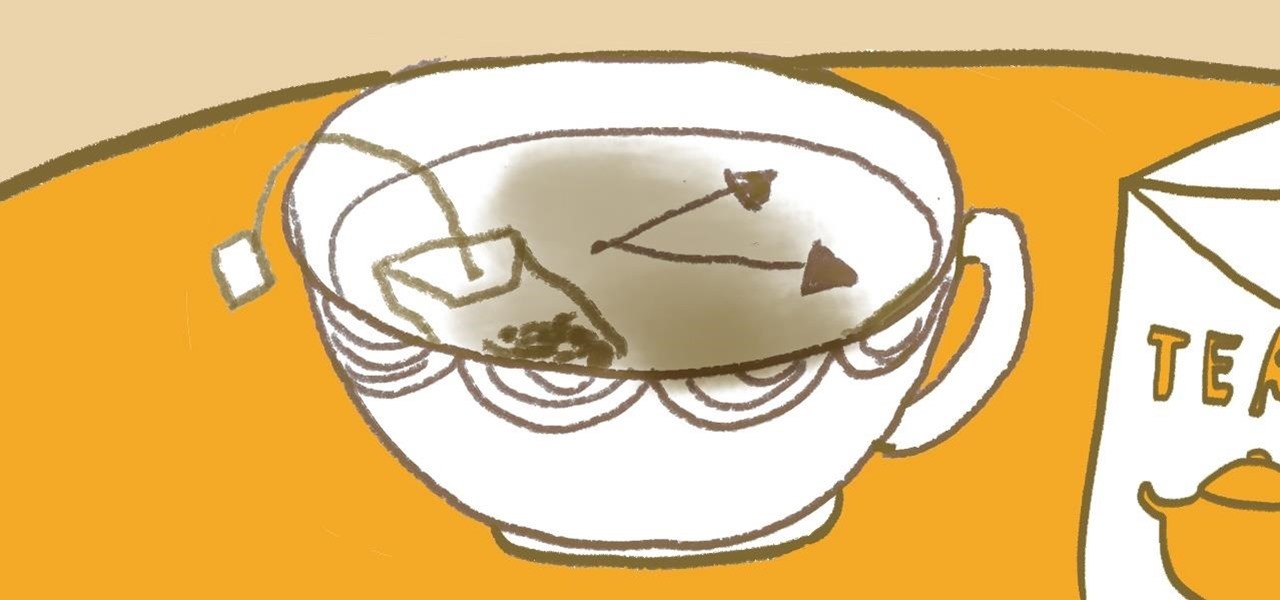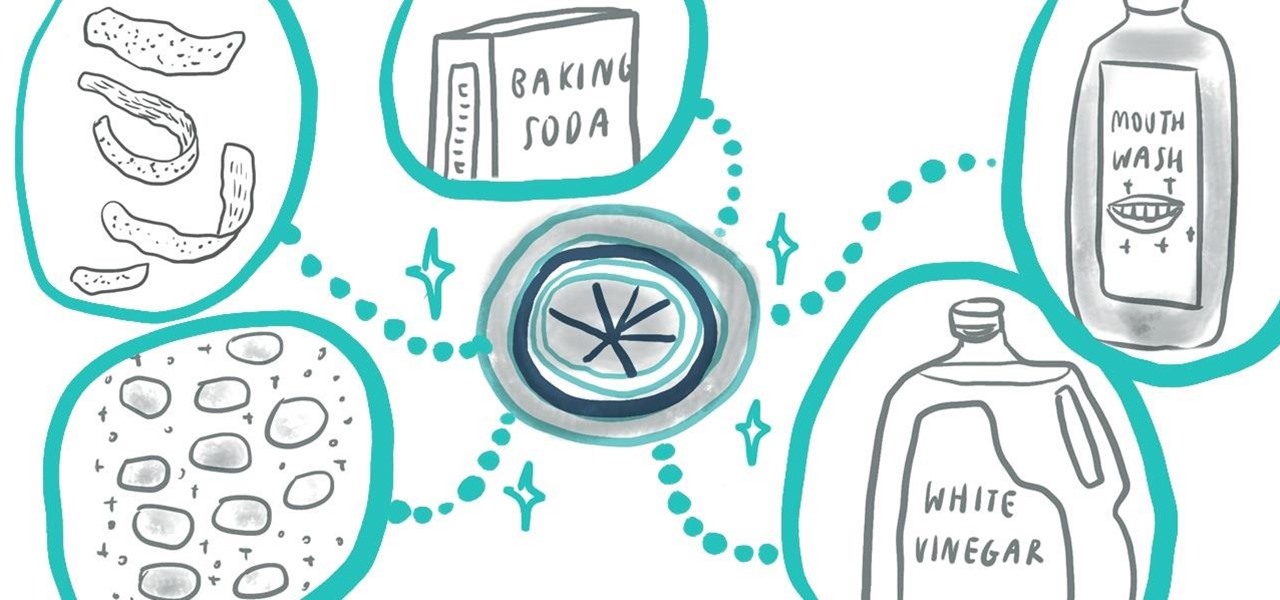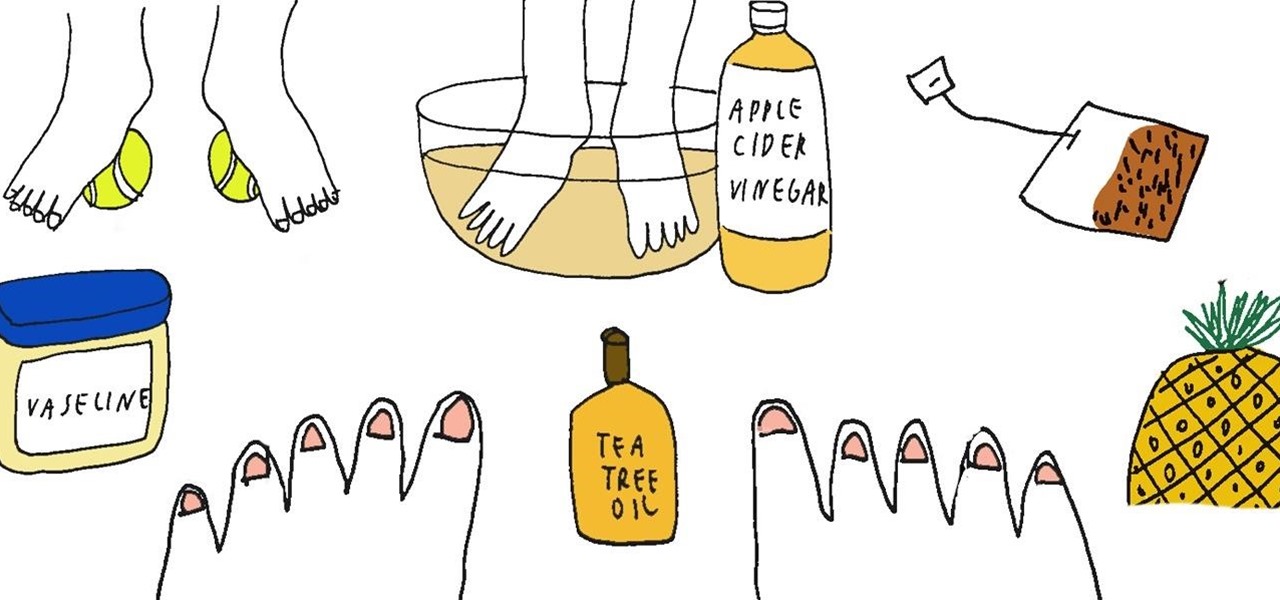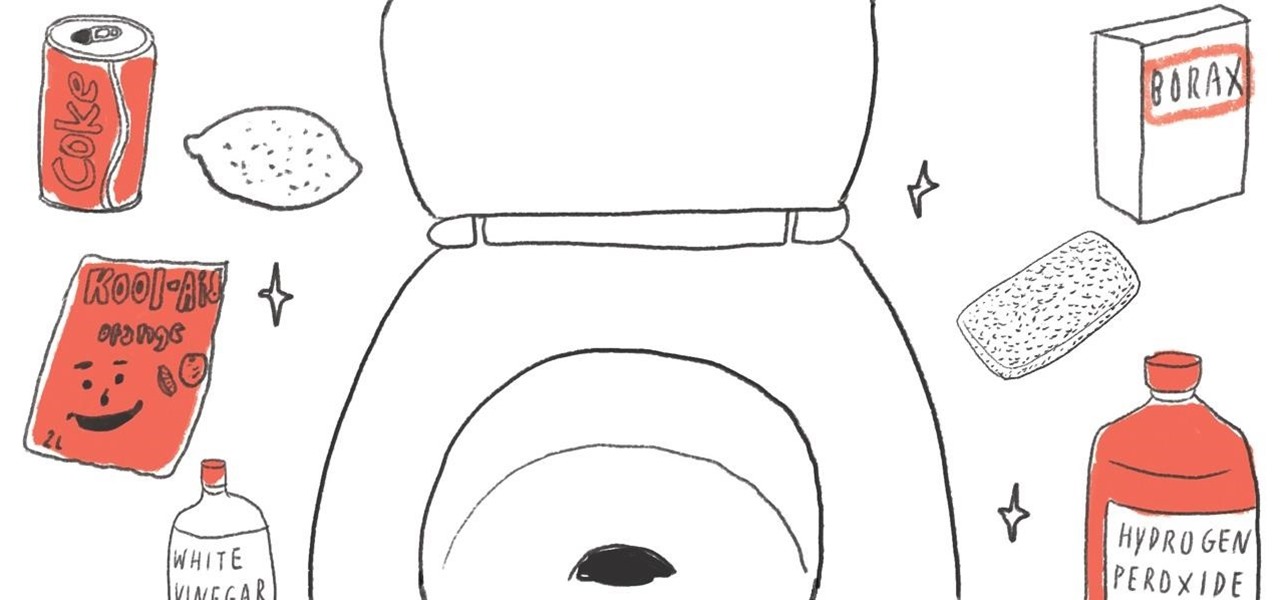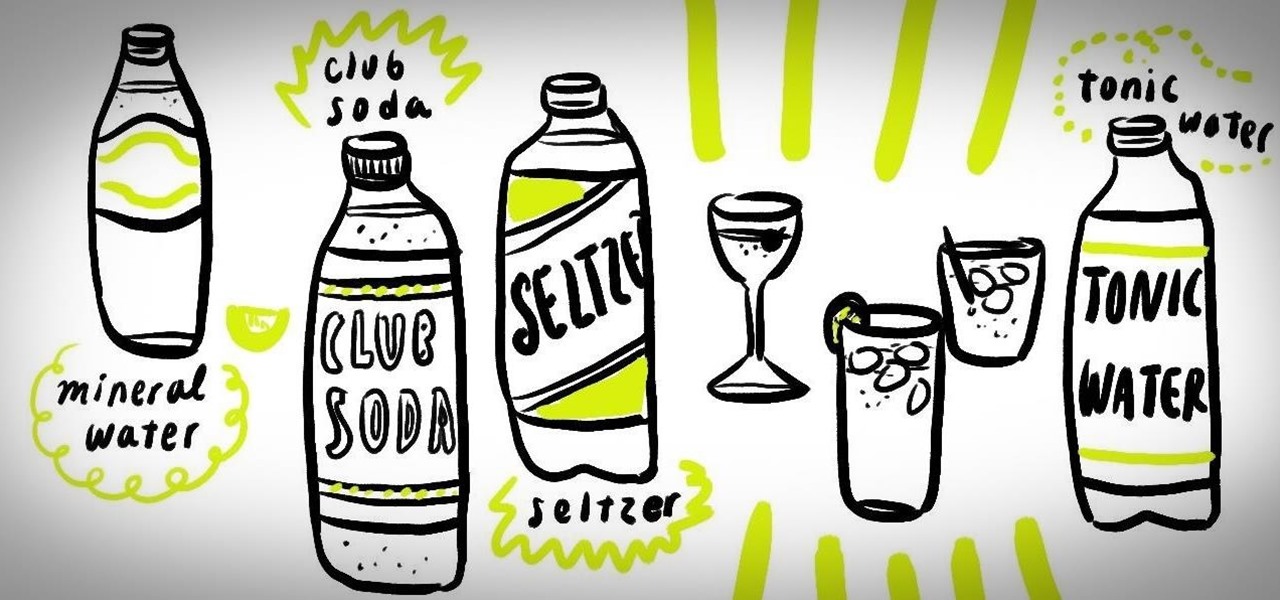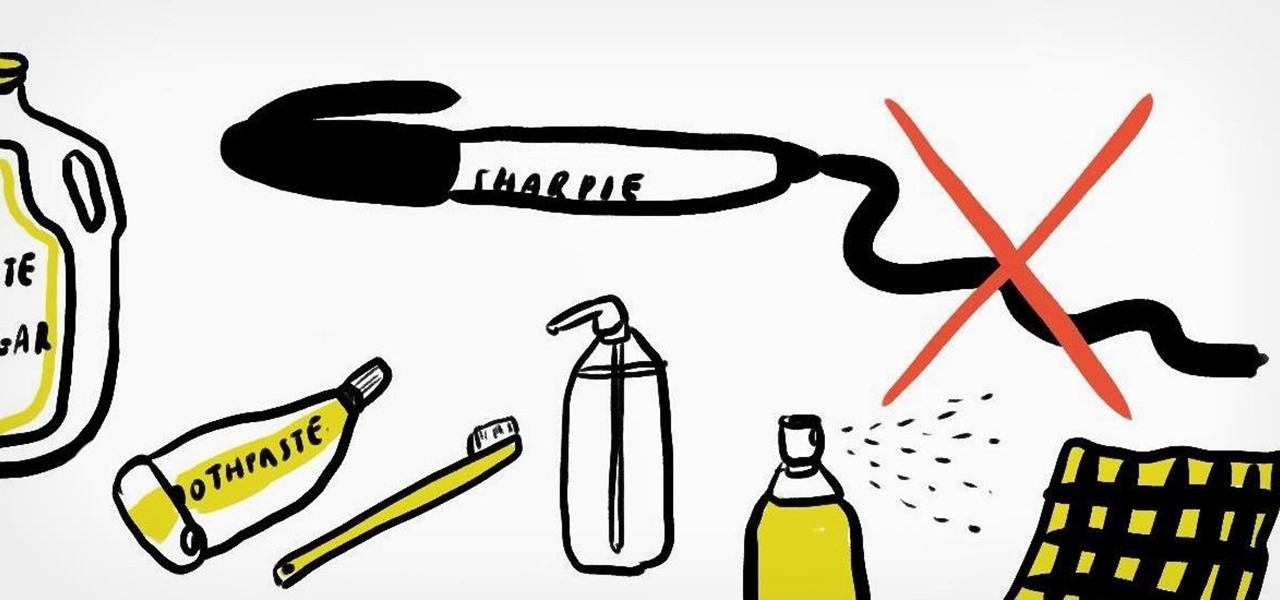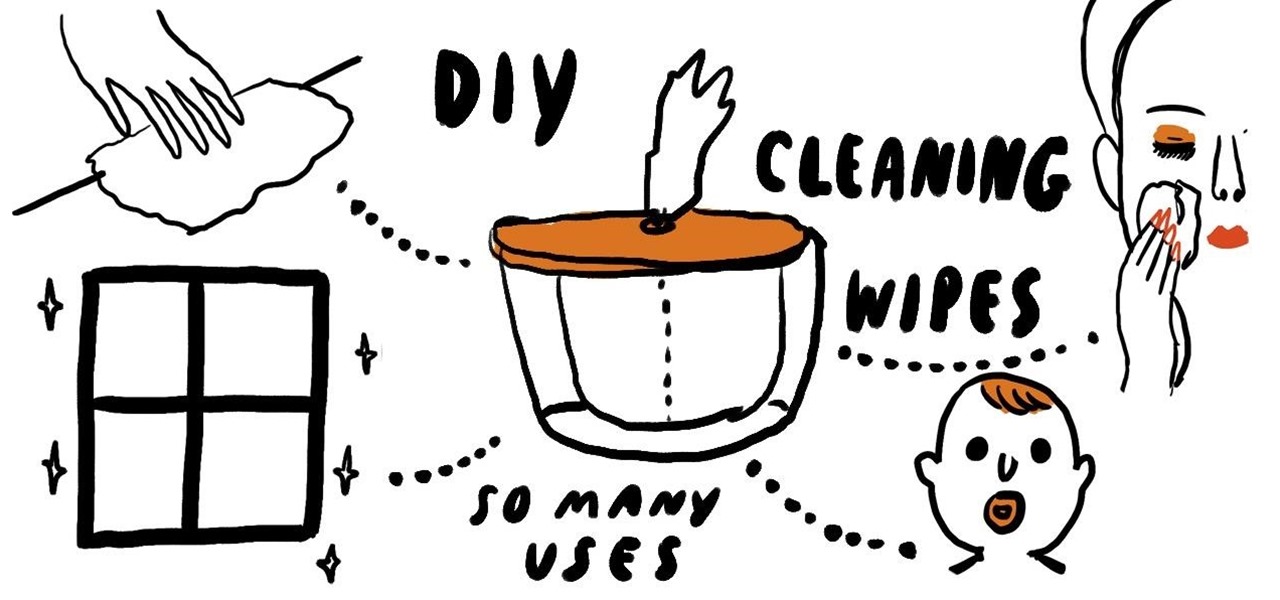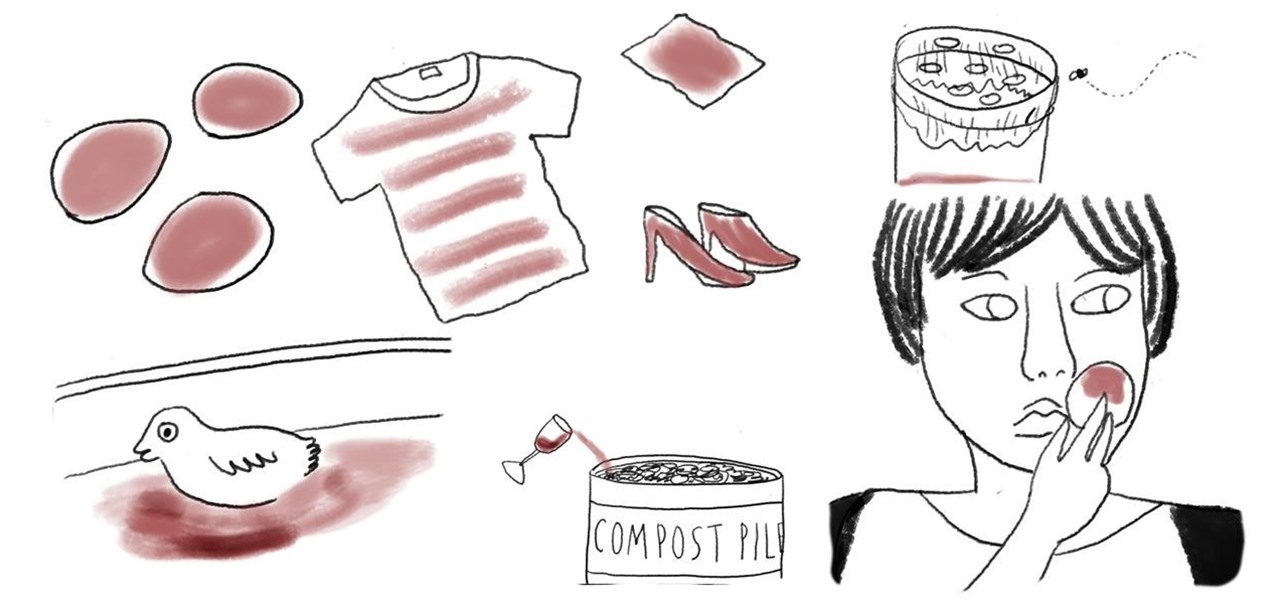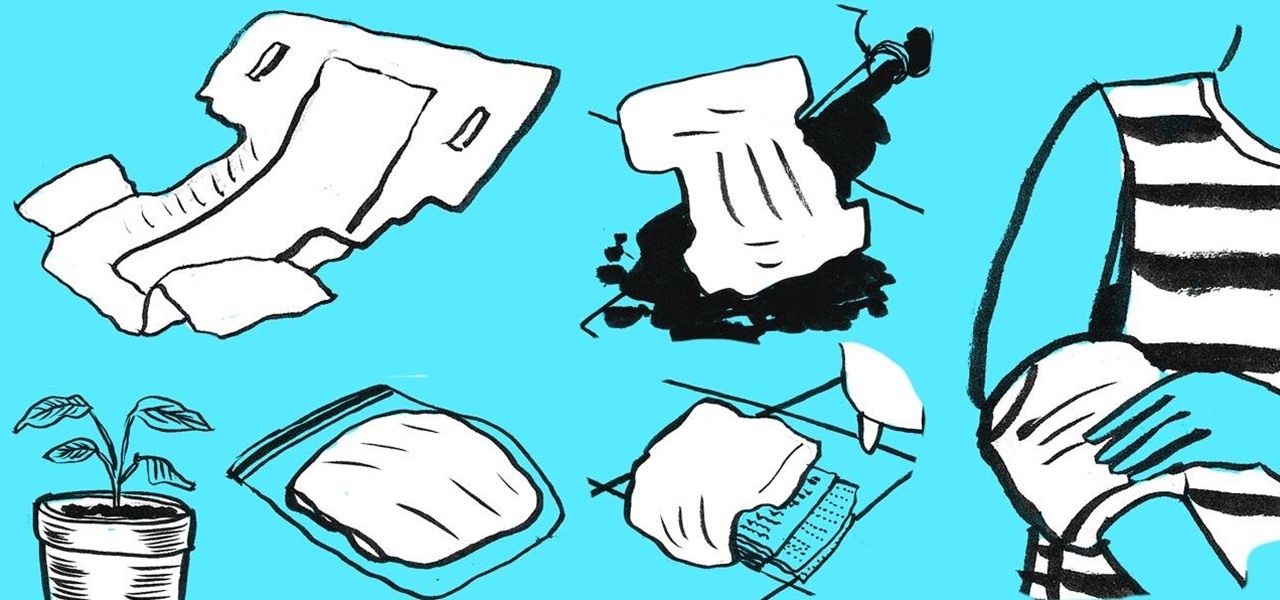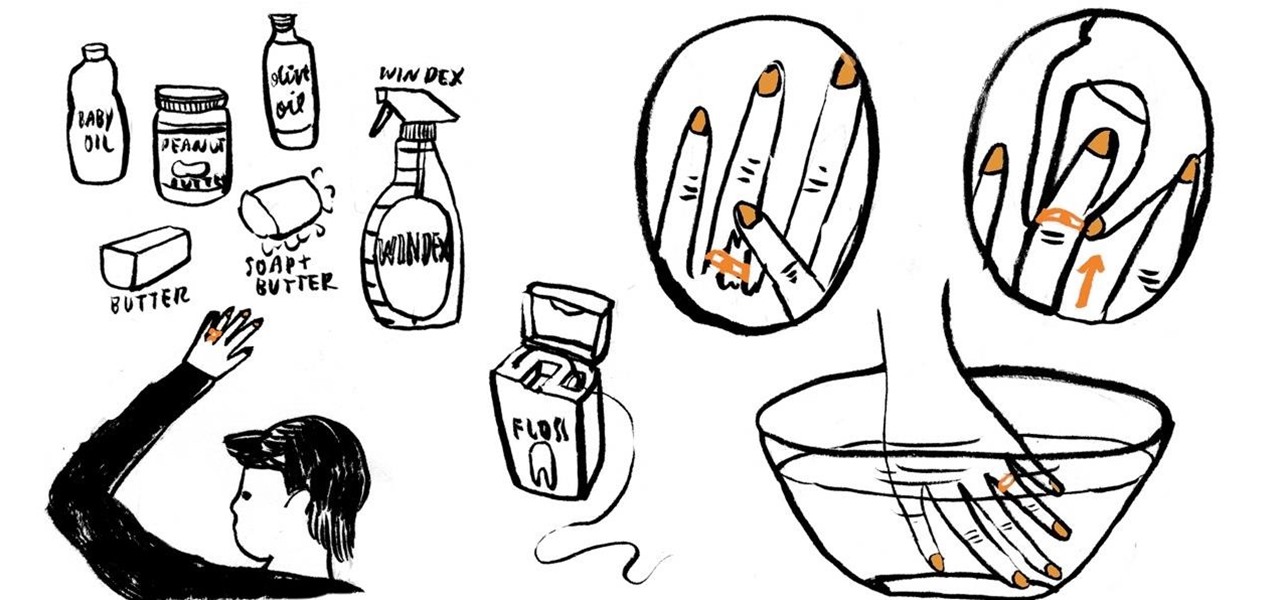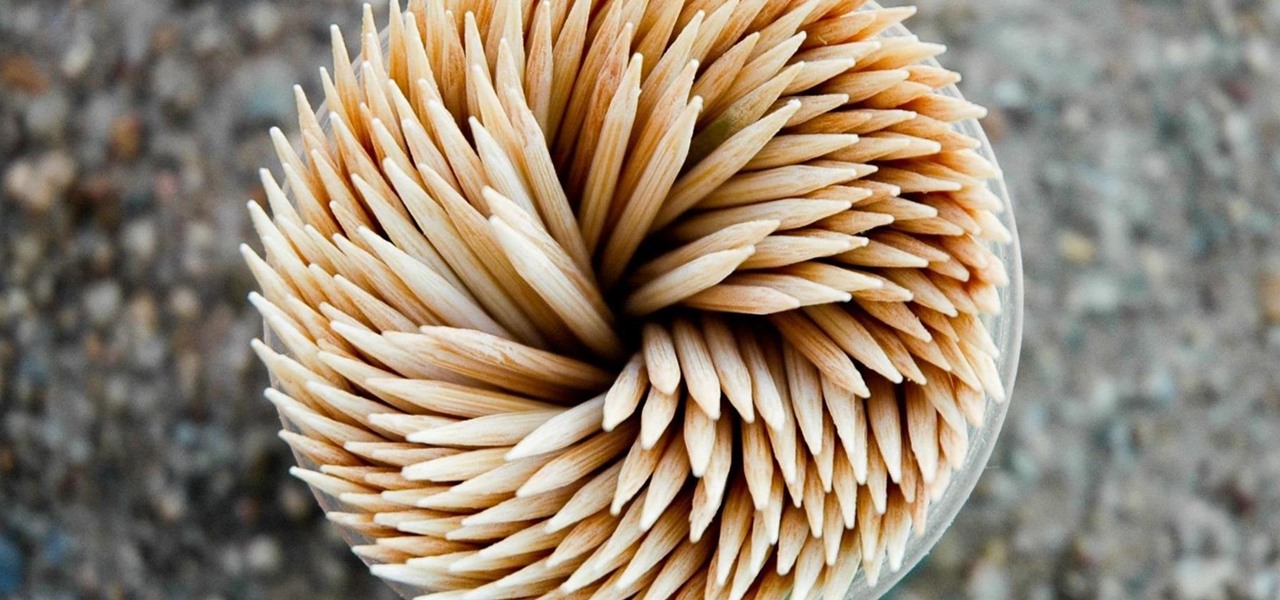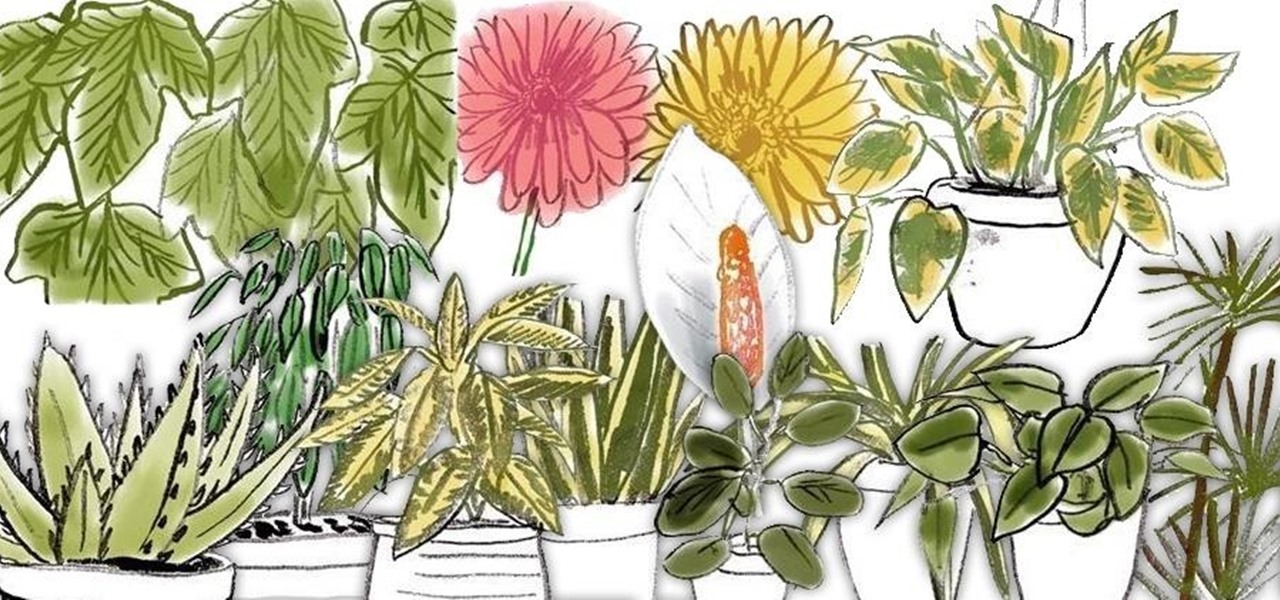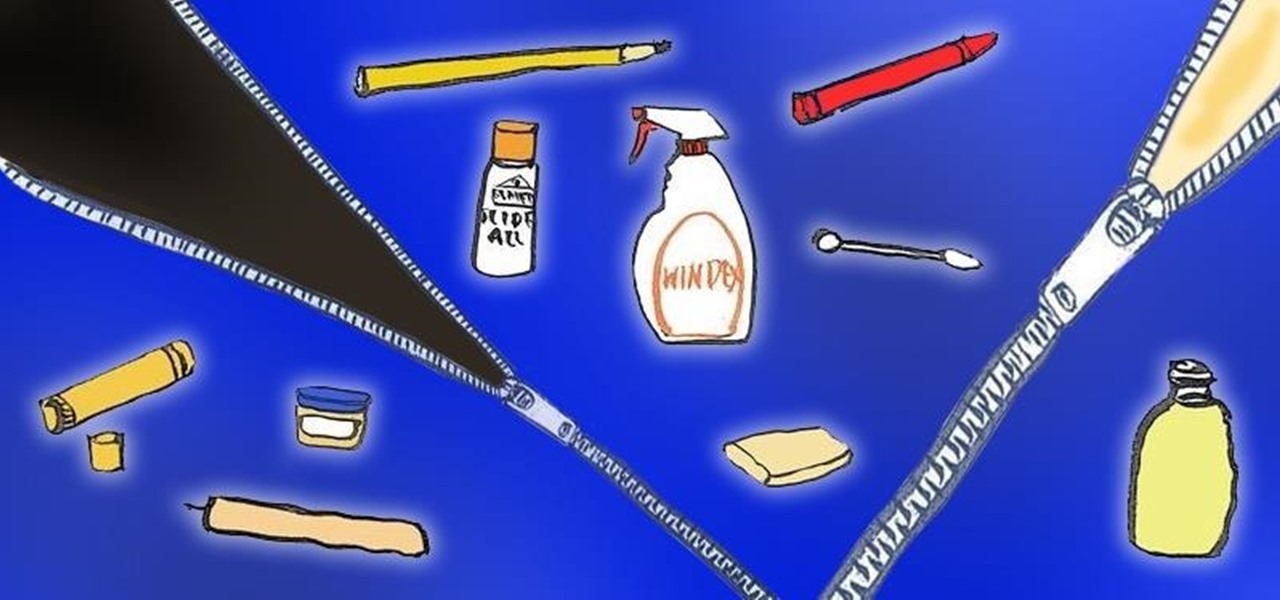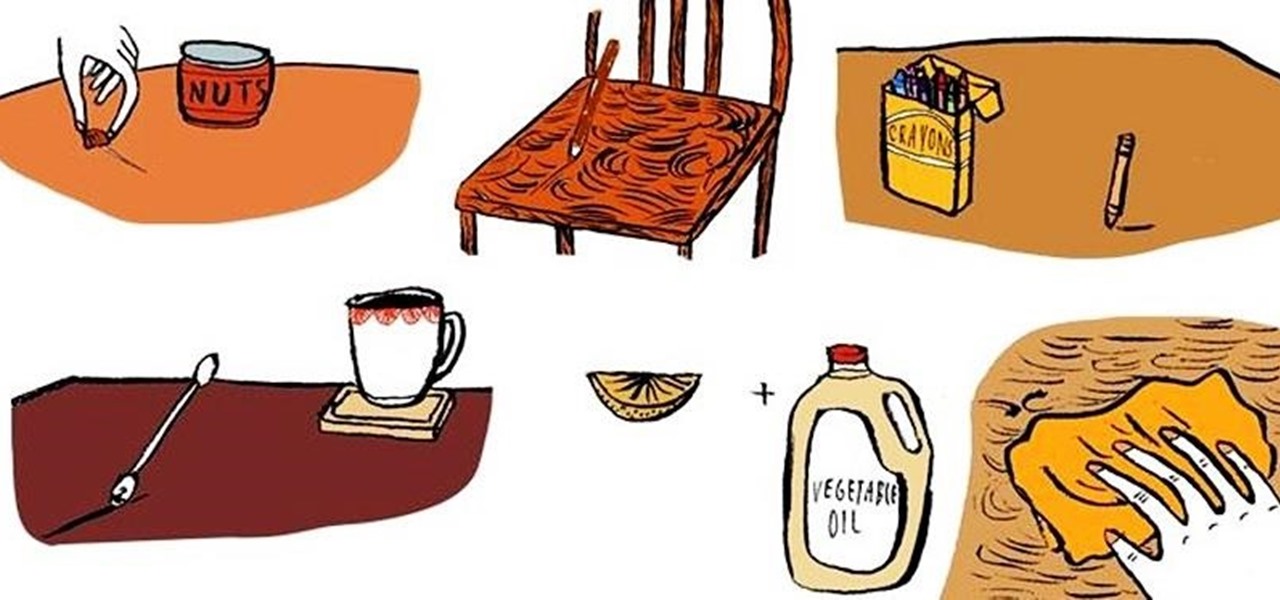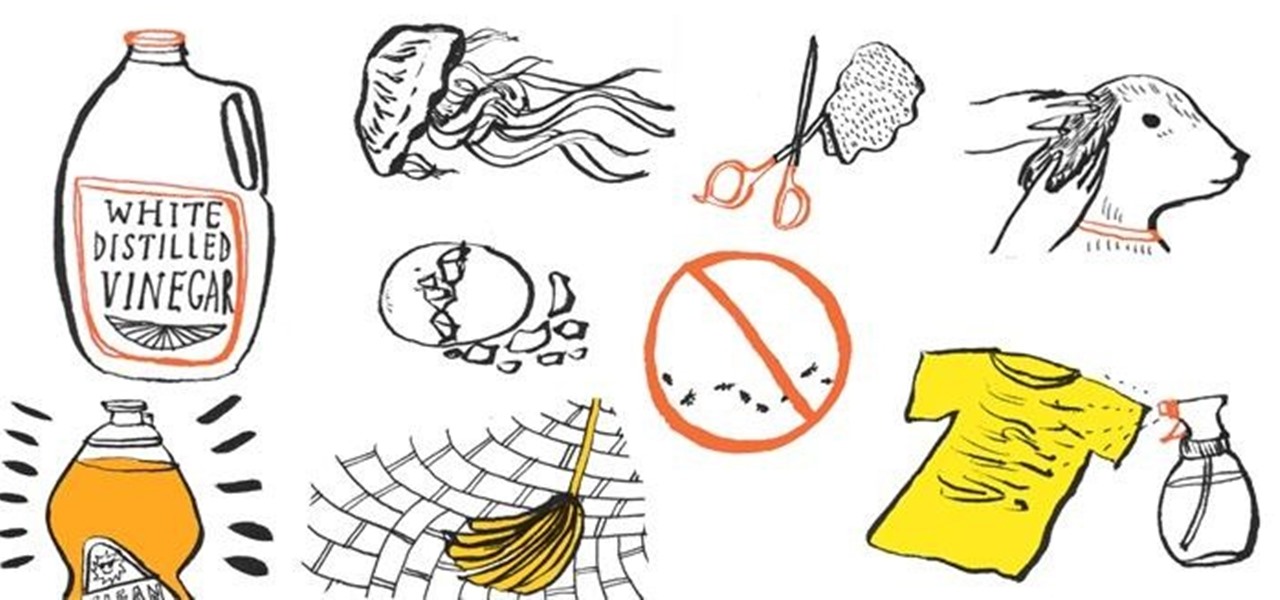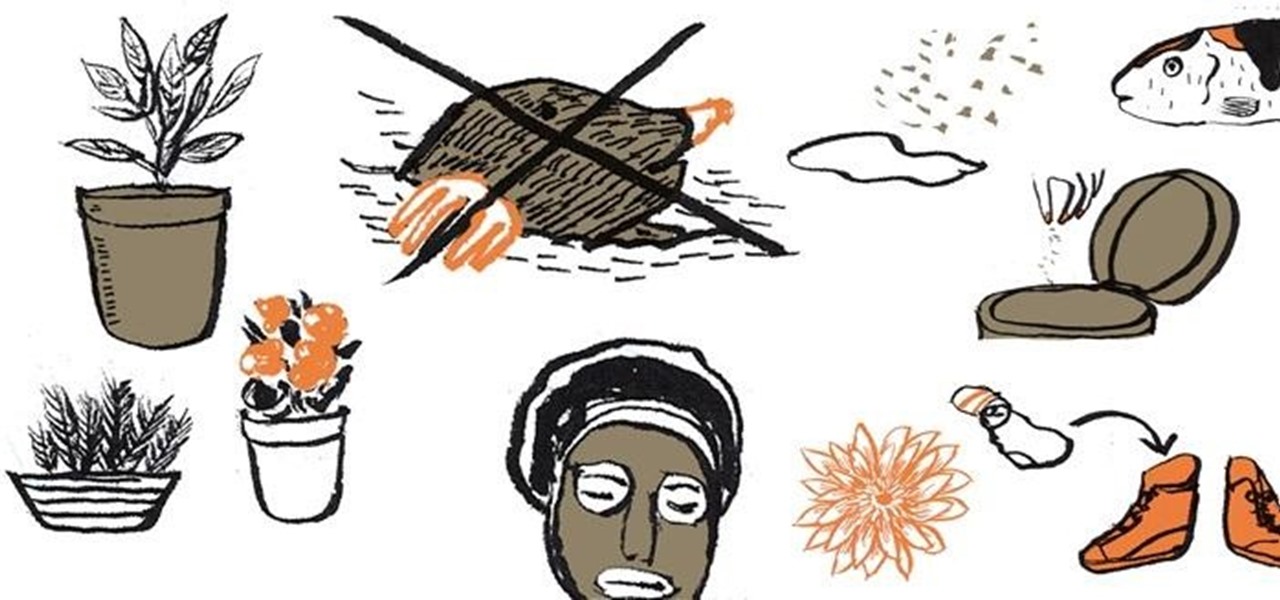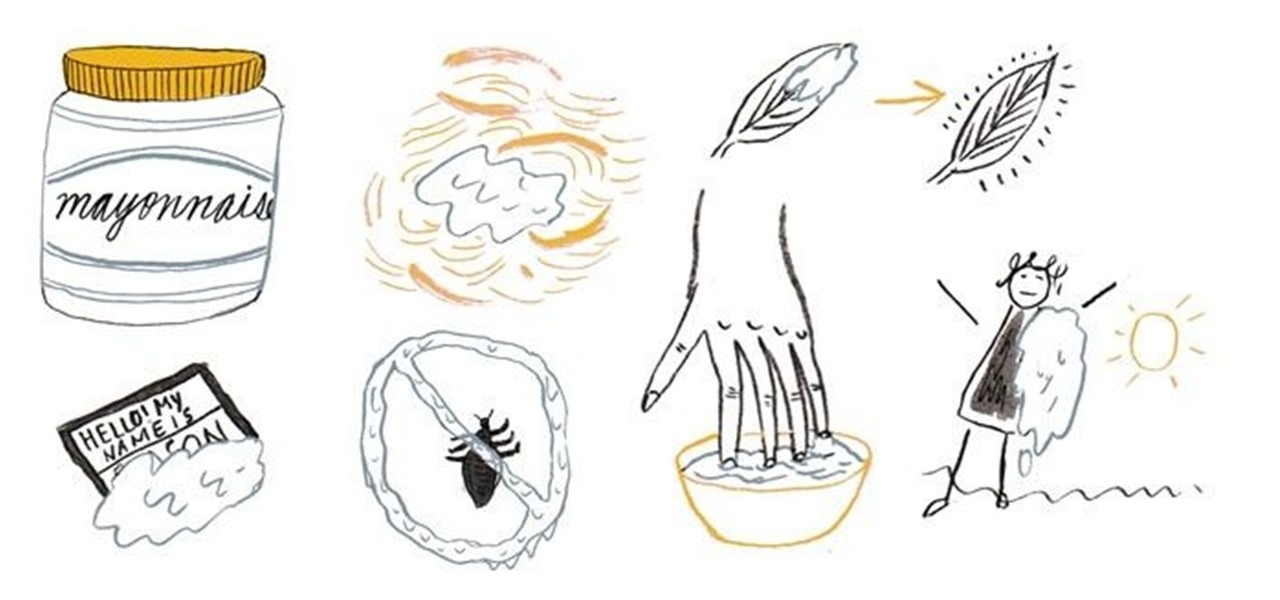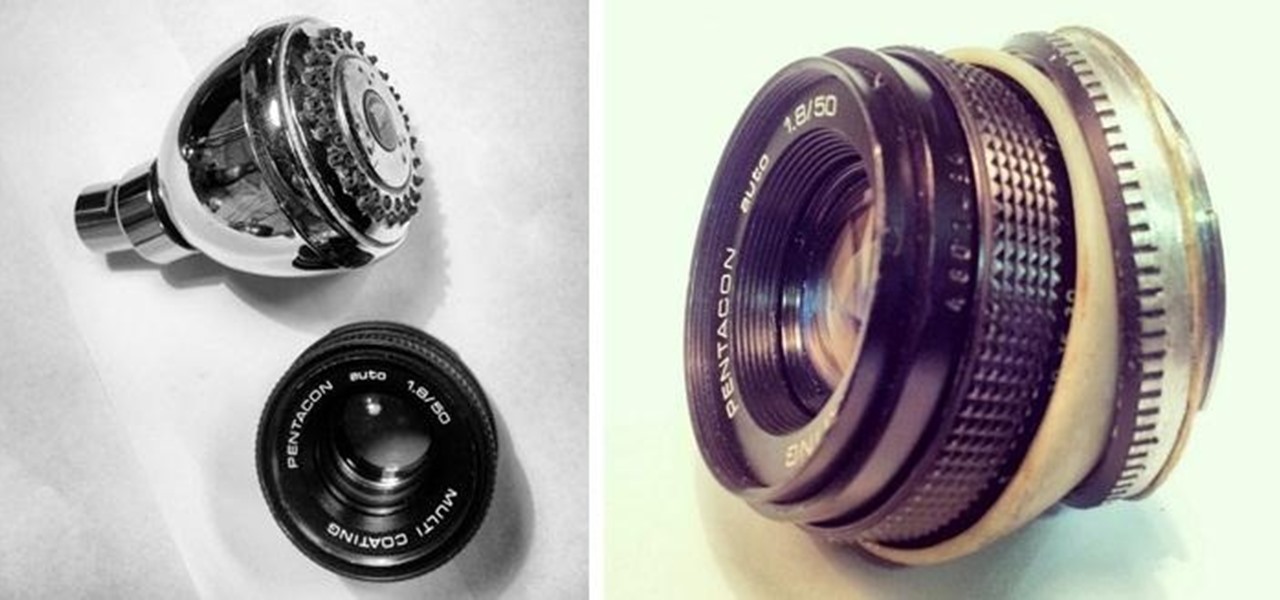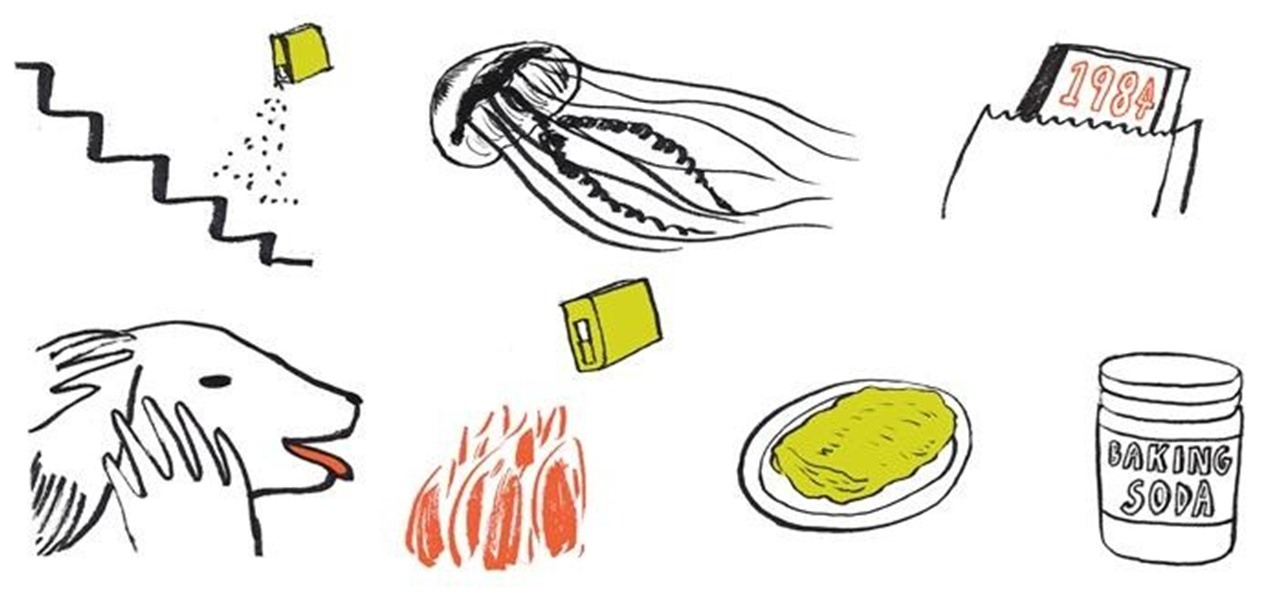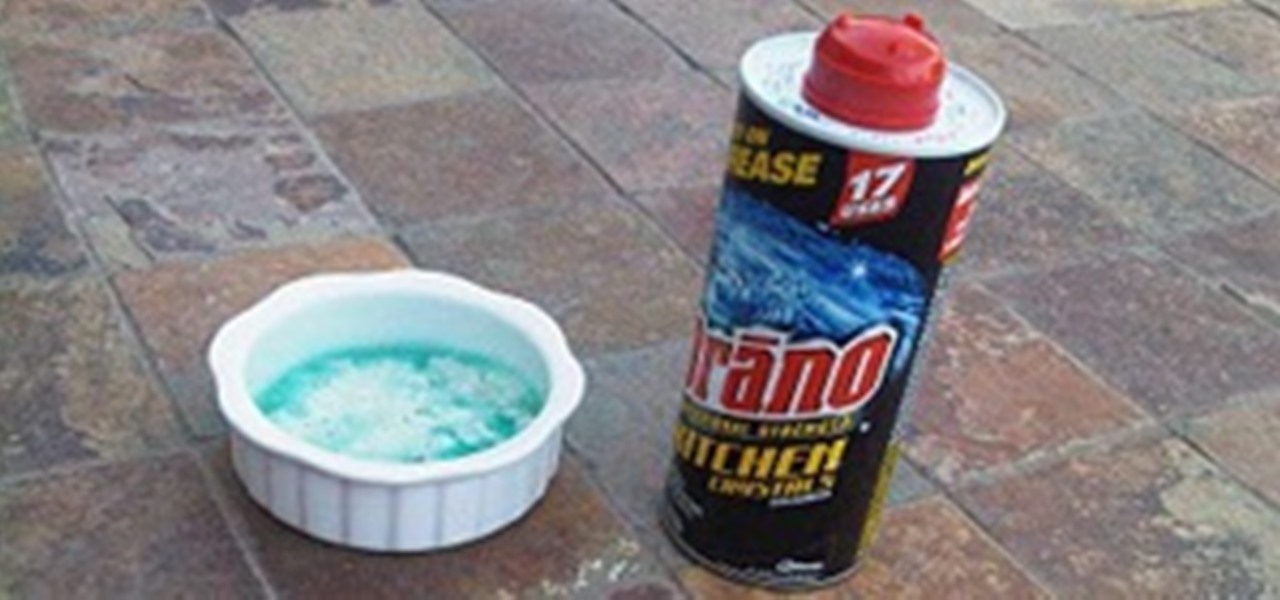
The only thing better than successfully pulling off a new experiment is doing it with household materials. You get to laugh in conceit as professional scientists everywhere spend all their grant money on the same project you just accomplished with some under-the-sink chemicals! However, there are times when DIY gets dangerous. Some household chemicals are not pure enough to use and some are just pure dangerous. Let's take a look at two problems I have encountered in the course of mad sciencing.

Need to pass along an important message on paper without having it accidentally discovered by your archenemy? Using very common household products, you can easily whip up an invisible ink recipe and write out your secret message with the solution. All the recipient needs to do is heat up the paper using a stovetop of light bulb, or brush the surface of the paper with a simple iodine mixture to read the message.

Last Friday's mission was to accomplish solving HackThisSite, realistic 3. The third mission in a series of realistic simulation missions was designed to be exactly like situations you may encounter in the real world, requesting we help a friend restore a defaced website about posting peaceful poetry.
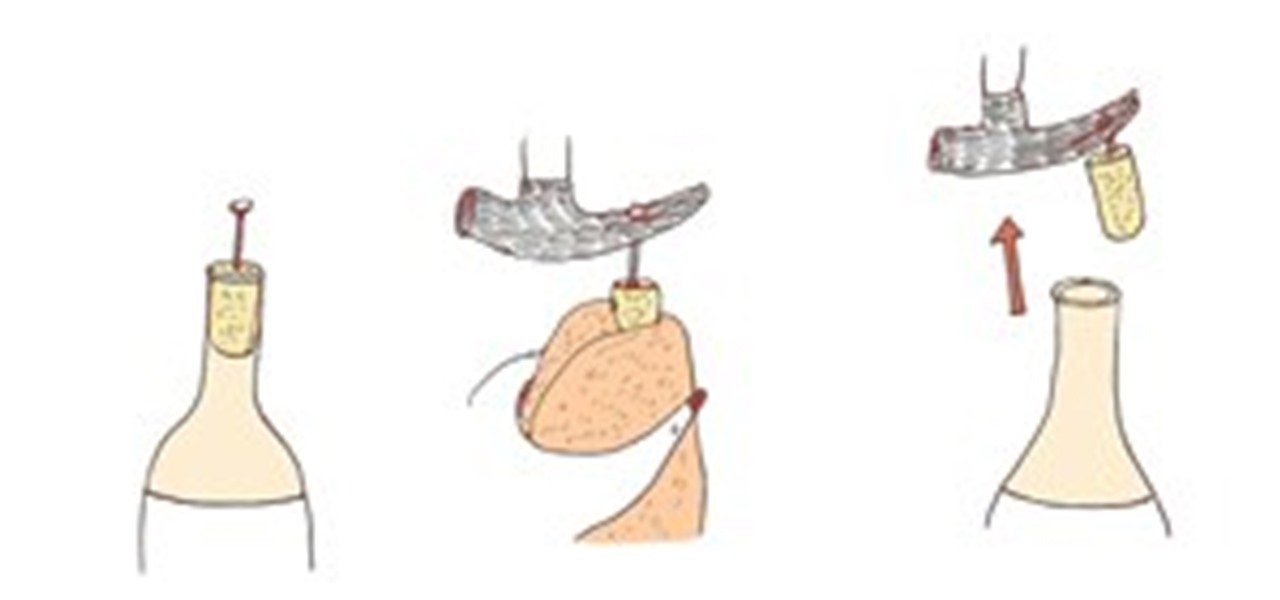
Don't let a missing corkscrew deter you from uncorking your bottle of wine at your next party, picnic or romantic dinner at home. Following up on a previous post on how to open a bottle of wine using just a towel and a flat, vertical surface (a wall or a wide tree trunk), listed below are three more handy ways you can open a bottle of wine using common household objects or tools. And what better way to impress your date than taking off your shoe, placing a wine bottle between your knees, and ...
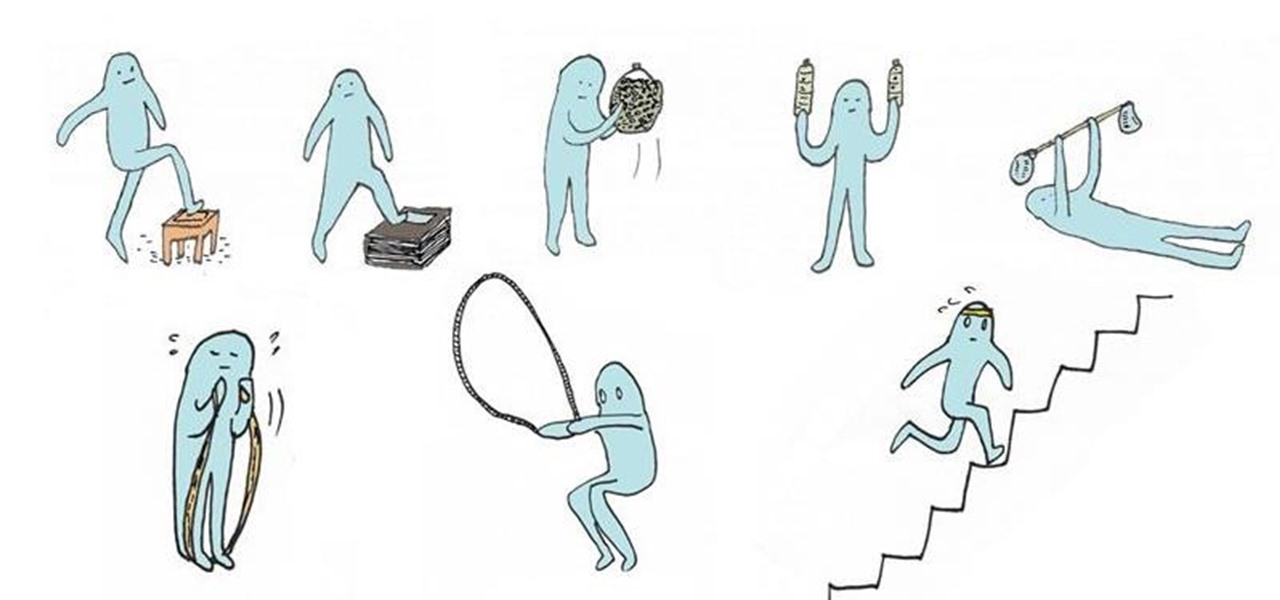
Work it without breaking the bank—with a couple of household items and a little ingenuity, you can transform your old junk into effective gym equipment for both cardiovascular workouts and strength training within the comforts of your own home.
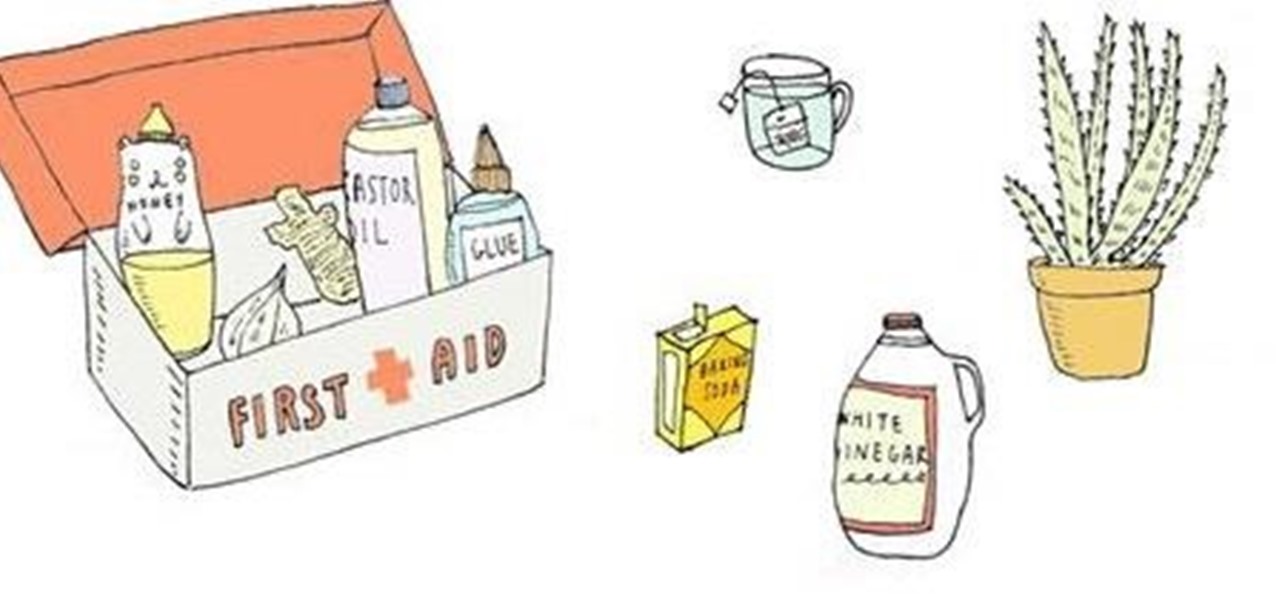
Itchy bee stings, sore throats, swelling muscles, minor scraps, splinters... all of these common ailments can easily be fixed with things you've probably got lying around at home in your kitchen and bathroom cabinets. Honey, ginger, castor oil, garlic, baking soda, aloe vera, white vinegar, and chamomile tea are all great natural remedies for your next minor medical need. No drugstore trips required (except for maybe some Elmer's glue).

Security awareness seems to be a hot topic these days on the web, with developers making apps and devices that can hack networks and machines with just a few clicks. But these applications aren't only exploiting security flaws in systems and networks, they're being used by amateur and wannabe hackers who want to have a little fun, but don't want to learn how to actually "hack" anything.

Acne medication can get expensive, but there are many common household items lying around your kitchen and bathroom that are perfect to use as a facial, face wash, or on-the-spot zit treatment to decrease the redness of acne and, more importantly, prevent future pimples from cropping up on your beautiful face.

What do you do when you accidentally stain your favorite article of clothing with coffee, red wine, or pasta sauce? If you aren't within immediate reach of laundry detergent or commercial stain removers, you can use many common household staples such as baking soda and white vinegar to remove the offending stains right away—sometimes even better than their commercial counterparts.

If you've never had a reason to keep some Epsom salt in your home, I'm about to give you seven good ones, some that will surely surprise you.

The next time you brew yourself a nice cup of hot tea, don't throw the tea bag away. Old tea bags can be used in many ways ranging from household cleanup to DIY beauty and even gardening.

Apple slices are so meh... that is, until you add bunny ears to them. A long-standing staple of bento lunches in Japanese and Japanese-American households, bunny-shaped apple slices are quite easy to make and sure to bring a smile to your face—or you child's face.

You can never start 'em too young. Chinese kids are raised on the violin or piano. Brazilian kids play soccer from birth. And then there's P-Nut. He's only 7-years-old and he's been working at becoming a household name in the Memphis hop hop scene since the young age of 4.

If you're in New York, you absolutely cannot miss this beautiful exhibit at the New York Botanical Gardens. Emily Dickinson, the famed reclusive poet of the 19th century, was a lover of nature, and her garden was recreated in the Enid A. Haupt Conservatory. What can I say, except that it's just stunning...

A Cuíca (pronounced KWEE-kah) is a Brazilian friction drum often used in samba music. This 3 part how to video will teach you to make a Cuíca with household objects. You will need a plastic or paper cup, string or twine, a paper clip and cloth. This is a perfect project for children. Make a Cuíca Brazilian percussive instument - Part 1 of 3.

If you always carry earbuds with you in your purse or backpack, you can use simple household objects to prevent the cords from tangling up into knots.

Commonly associated with cleaning and disinfecting items around the home, bleach can also be used as a water sterilization method in an emergency situation when you do not have access to clean, running water. Simply add 6 drops of bleach to a gallon of water and wait for 30 minutes before drinking.

While blackheads are a little different from your run-of-the-mill acne and zits, they are still annoying when they appear on your face and, thankfully, can be banished with a number of DIY home remedies incorporating common household products.

Got chapped lips? If you don't have any chapstick, you can use a variety of household or kitchen items to alleviate dry, flaky lips. Simply apply castor oil, almond oil, mango butter, beeswax, or milk cream onto lips as needed.

Are you tempted to splurge over your budget on an expensive restaurant meal or cool new jacket? Before you make an impulse purchase, imagine how much that indulgence costs in terms of hours of work based on your current salary.

While making your own cup of tea may seem as simple as adding a tea bag to a mug of boiling water, the best flavor for every tea type requires a specific temperature point for the hot water and a specific time frame for steeping the tea before removing it.

With all the kitchen sink debris that goes down the drain, it should be no surprise that your garbage disposal sometimes gets a little smelly and needs some extra cleaning. Using common household items from your kitchen or medicine cabinet, you can easily clean your garbage disposal in ten minutes or less using one of the following six DIY methods listed below.

Feet sore after a long day? Treat your feet to a DIY massage by rolling tennis balls under the soles of your feet for about ten to twenty minutes. If your feet are still feeling beat (and smell a little bad), you can also indulge your feet in a foot soak using common household ingredients such as tea bags, Epsom salt, and apple cider vinegar.

In addition to unclogging your toilet using common household items, you can also clean and disinfect your toilet for cheap without ever having to use expensive and chemically-toxic toilet cleaners ever again.

Unless you're a bartender or a hardcore drink aficionado, understanding the different types of carbonated water and their best uses can get confusing. This is especially true since most people use the terms "club soda," "sparkling water," and "seltzer water" interchangeably when ordering drinks.

Contrary to its name, a permanent marker is not completely permanent if you really need to get it off a non-paper surface.

Do you use disposable wipes for cleaning dusty tables, dirty windows or removing make-up? Ditch the chemically-loaded store brands and make your own cheaper, non-toxic and super-easy DIY wipes at home.

Too much leftover red wine after a big party? Rather than forcing yourself to drink everything before the flavor goes bad or pouring it down the drain, save some for non-drinking household and beauty uses, such as trapping fruit flies, marinating steak, and conditioning your skin.

Need to keep your beloved houseplant alive while you're on vacation? Repot the plant with a disposable diaper at the bottom of the flowerpot before covering with soil; the diaper will help retain soil moisture at the bottom, which will keep your plant properly hydrated for a good window of time while you're gone.

If you ever find yourself with a ring that won't come off your swollen fingers, grab some Windex, lubricate the area around your ring below your knuckle, and slowly wiggle your ring around until it slides past your knuckle.

Toothpicks can be surprisingly handy when it comes to woodworking and fixing small household problems like stripped screw holes and scratched furniture. They can also be used as a quick fix for a hard-to-close door that has to be forced or slammed shut.

Back in the '80s, NASA and the Associated Landscape Contractors of America did a study where they discovered which houseplants were the most effective in purifying the air in space facilities. Though you may not be living in a rocket ship, you can definitely benefit from having one or more of these plants in your home.

Cayenne peppers are great for spicing up your bland cooking, but did you know that they can also prevent frostbite? If you ever need to keep your feet warm during a long snow hike or skiing adventure, add a little bit of cayenne pepper powder to the bottom of your socks.

Sooner or later you're going to have to deal with a stuck zipper, whether it's on your favorite jacket, backpack, or pair of pants. Simply tugging hard on the zipper tab hardly ever works, but a few things lying around your house might do the trick.

If you've had wooden furniture in your living space for a while, chances are that you've accumulated at least a couple of nicks and scratches on the surface. Before you spend money on a professional wood refinisher to restore the surface, try out some of the DIY techniques below using common household items to minimize the visibility of the scratch.

We all know that distilled white vinegar is great as a general non-toxic cleaning solution and for deodorizing funky smelling rooms, but did you know that vinegar is also great for curing hiccups, deterring ants from invading your home, relieving jellyfish stings, and testing the alkalinity of your garden soil?

Whether or not you have a feline companion at home, a bag of cat litter makes for a handy household staple that can help prevent grease fires, add traction to slippery icy steps, remove grease spots, preserve your fresh flowers, and clear algae from your backyard koi pond.

Mayonnaise is not exactly the healthiest thing in the world, but it makes for a great household and self-care item, from whitening your yellowing piano keys to adding shine and luster to your dry and brittle hair.

There are so many ways to modify your camera using common household items, like clothes hangers, an umbrella, or even a jar of peanut butter. Here's a new, unexpected addition to the list—a shower head. Maciej Pietuszynski came up with this brilliant camera mod, which uses a shower head to turn an old 50mm lens into a DIY tilt lens. This trick works by using the part from the shower head that allows you to adjust the angle. You'll have to take apart the lens and cut the shower head in half. T...

When it comes to common household items with a million practical uses, baking soda reigns supreme. We all know that baking soda is great for deodorizing stinky things, whitening your teeth, and helping with clean-up around the house, but did you know about the other weirdly unexpected and esoteric uses for baking soda?









